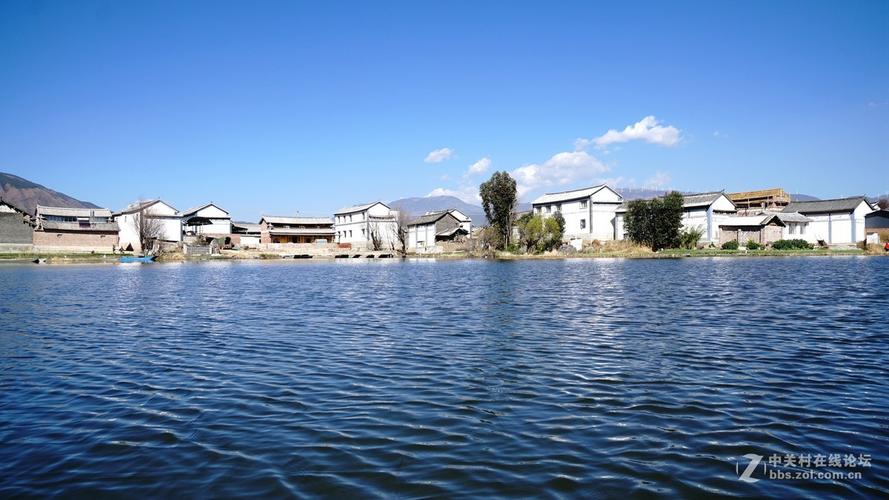Are you planning your next outdoor adventure, but concerned about the potential risks? Whether you’re hiking through rugged terrain or heading out on a camping trip, it’s important to conduct a proper risk assessment before embarking on any outdoor activity. By taking the time to identify potential hazards, evaluate the likelihood of accidents, and plan for possible emergencies, you can help ensure a safe and enjoyable journey. In this article, we’ll explore the key steps for conducting a proper risk assessment for your next outdoor adventure.
Identify Potential Hazards
The first step in conducting a risk assessment is to identify potential hazards. This includes anything that could cause harm or injury to yourself or others during your outdoor activity. Some common hazards might include:
– Weather conditions
– Terrain and terrain changes (such as steep slopes or rocky terrain)
– Water sources (such as lakes, streams, or rivers)
– Wildlife (such as bears or snakes)
– Equipment (such as broken gear or faulty supplies)
– Human factors (such as fatigue or lack of experience)
To identify these hazards, it’s important to research your destination and understand the potential risks. You may also want to consult with local experts or guides, as they can provide valuable insight into the hazards you may face.
Evaluate the Likelihood of Accidents
Once you’ve identified potential hazards, the next step is to evaluate the likelihood of accidents. This involves assessing the likelihood that each hazard will actually cause harm or injury to yourself or others. Consider factors such as:
– Exposure (how much time you’ll spend in the hazard area)
– Frequency (how often the hazard occurs)
– Severity (how serious the potential consequences are)
By evaluating the likelihood of accidents associated with each hazard, you can prioritize your risks and plan accordingly. For example, if you’re planning a hike through an area known for bears, you may want to carry bear spray and take extra precautions to avoid encounters.
Plan for Possible Emergencies
The final step in conducting a risk assessment is to plan for possible emergencies. This includes identifying potential emergency situations, such as:
– Injury or illness
– Equipment failure
– Getting lost or trapped
– Extreme weather conditions
Once you’ve identified potential emergencies, it’s important to develop an emergency plan. This may include carrying a first-aid kit, bringing extra food and water, or creating a communication plan to alert others of any emergency situations.
Conclusion
By conducting a proper risk assessment before your next outdoor adventure, you can help ensure a safe and enjoyable journey. Start by identifying potential hazards, evaluating the likelihood of accidents, and planning for possible emergencies. Remember to research your destination, consult with local experts, and prioritize your risks based on exposure, frequency, and severity. With these steps in mind, you can set out on your adventure with confidence, knowing that you’re well-prepared for any potential risks.
(Note: Do you have knowledge or insights to share? Unlock new opportunities and expand your reach by joining our authors team. Click Registration to join us and share your expertise with our readers.)
Speech tips:
Please note that any statements involving politics will not be approved.
